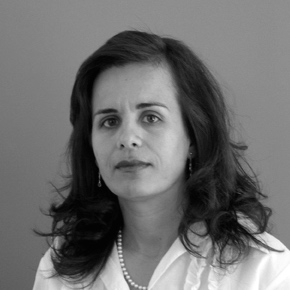

In our quest to unlock the power of health information, patient summaries can play a key role to support safe and effective care. Patient summaries could serve as a dashboard to health professionals and citizens. This can also provide a starting point to search for detailed health information about an individual, as for example, during an emergency admission to a hospital, discharge to primary care or rehabilitation, when seeking a second opinion, or when trying to coordinate between caregivers that do not exchange or share information on a regular basis.
In fact, the patient summary may include data entered by the patient as well as data representing the assessment, deliberations, and enactment of health professionals. Patient-generated data may be added to the patient summary, and be summarized to offer key information about the current health status and progress of the patient. Such a patient summary could direct digital health literacy interventions.
In order to utilize the benefits of digitalization beyond single caregivers (silos) and to build a means for interoperability, data standards are the principal informatics component necessary for information flow. One common way and understanding of how we code, store and classify data needs to be in place for multiple purposes to meet the broad scope of data collection and reporting requirements and to support effective assimilation of new knowledge into e.g. decision support tools.
Moderator: Kathy Mølstad, Norwegian Nurses Organisation
By Cathrine Cronaki,Secretary General of the HL7 International Foundation
2. Can patients and informal care givers use patient summaries and personal health records to navigate the health system?
By Robert A. Stegwee, Director Consulting for Healthcare Technology with CGI in the Netherlands
3. Can patient summaries advance digital health literacy and assist collaboration of patients and their families with the care team?
By Anne Moen, professor at the University of Oslo
4. Cooperation in the Norwegian health sector for better quality on clinicalcodes and classifications
By Alfhild Stokke, Directorate of eHealth
 Catherine Chronaki
Catherine Chronaki
 Robert A. Stegwee
Robert A. Stegwee
 Anne Moen
Anne Moen
 Alfhild Stokke
Alfhild Stokke